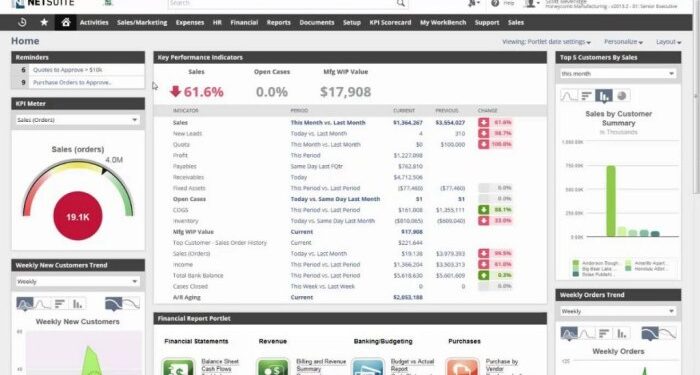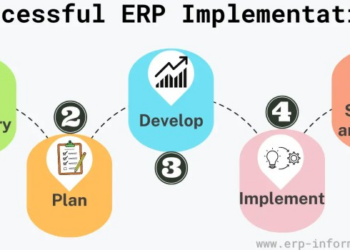In today's fast-paced business world, the use of Distribution ERP software has become vital for companies looking to streamline their operations and stay ahead of the competition. This article dives deep into the concept, features, and benefits of Distribution ERP software, providing valuable insights for businesses in the distribution sector.
Overview of Distribution ERP Software
Distribution ERP software is a specialized type of Enterprise Resource Planning (ERP) software designed to meet the unique needs of distribution businesses. It provides a comprehensive solution for managing all aspects of distribution operations, including inventory management, order processing, supply chain management, and customer relationship management.
Key Features and Functionalities
- Inventory Management: Distribution ERP software helps track inventory levels in real-time, optimize stock levels, and streamline inventory replenishment processes.
- Order Processing: It automates order processing workflows, from order entry to fulfillment, reducing errors and improving order accuracy.
- Supply Chain Management: The software enables better visibility and control over the entire supply chain, from procurement to delivery, ensuring efficient operations.
- Customer Relationship Management: Distribution ERP software includes CRM functionalities to manage customer interactions, track sales leads, and enhance customer satisfaction.
- Reporting and Analytics: It offers robust reporting and analytics tools to help businesses gain insights into their operations, identify trends, and make informed decisions.
Benefits of Implementing Distribution ERP Software
- Improved Efficiency: By streamlining processes and automating tasks, distribution ERP software helps businesses operate more efficiently and reduce manual errors.
- Enhanced Visibility: With real-time data and analytics, businesses can gain better visibility into their operations, inventory levels, and customer demands.
- Cost Savings: By optimizing inventory management, reducing lead times, and improving order accuracy, distribution ERP software can help businesses save costs and improve their bottom line.
- Scalability: Distribution ERP software is scalable, allowing businesses to adapt and grow without the need for significant system changes or investments.
- Better Customer Service: With CRM functionalities, businesses can better manage customer relationships, improve response times, and enhance overall customer satisfaction.
Importance of Distribution ERP Software
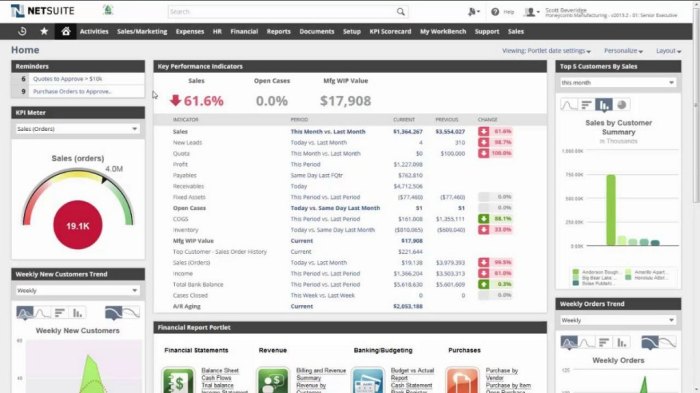
Distribution ERP software plays a crucial role in streamlining distribution operations for businesses of all sizes. By integrating various functions and processes into one centralized system, this software offers numerous benefits that enhance efficiency and productivity.
Inventory Management
Effective inventory management is essential for ensuring smooth operations and meeting customer demands. Distribution ERP software helps in real-time tracking of inventory levels, optimizing reorder points, and reducing the risk of stockouts or overstock situations. By providing accurate data and insights, businesses can make informed decisions to improve inventory control and reduce carrying costs.
Optimizing Supply Chain Processes
Another key role of Distribution ERP software is in optimizing supply chain processes. By automating workflows, managing vendor relationships, and tracking shipments, businesses can improve coordination across the entire supply chain. This leads to reduced lead times, lower transportation costs, and increased overall efficiency in fulfilling orders and meeting customer expectations.
Key Modules in Distribution ERP Software
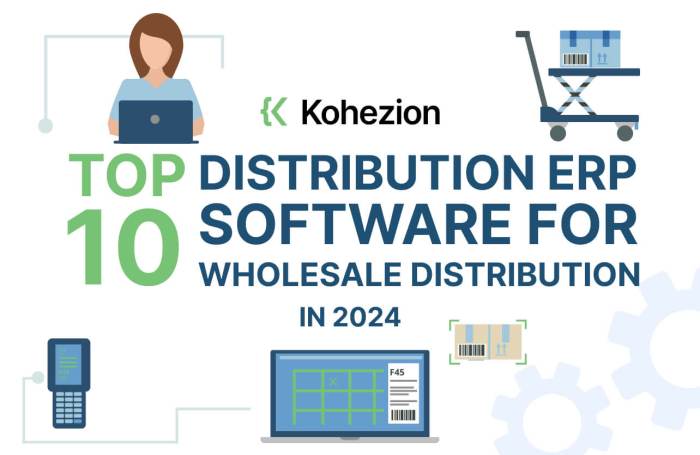
Distribution ERP software typically consists of various modules that work together to streamline operations and improve efficiency. These key modules help businesses manage their distribution processes effectively.
Inventory Management Module
The inventory management module is one of the core components of Distribution ERP software. It allows businesses to track and manage their inventory levels in real-time, ensuring accurate stock levels and preventing stockouts or overstock situations. This module also helps in optimizing warehouse space, managing multiple warehouses, and setting up reorder points for efficient inventory replenishment.
Sales and Order Management Module
- Track customer orders and manage the entire sales process from order creation to fulfillment.
- Automate order processing, invoicing, and payment collection to improve efficiency.
- Integrate with CRM systems to provide a seamless customer experience.
Supply Chain Management Module
- Manage supplier relationships, track shipments, and optimize procurement processes.
- Monitor and analyze supply chain performance to identify bottlenecks and optimize workflows.
- Integrate with logistics providers for real-time tracking of shipments.
Warehouse Management Module
- Optimize warehouse layout and storage locations for efficient picking and packing.
- Track inventory movements within the warehouse and automate replenishment processes.
- Utilize barcode scanning and RFID technology for accurate inventory management.
Financial Management Module
- Manage financial transactions, track expenses, and generate financial reports.
- Integrate with accounting software for seamless financial data flow.
- Automate billing processes and monitor cash flow to ensure financial stability.
Implementation and Integration of Distribution ERP Software
Implementing and integrating Distribution ERP software in a distribution company is a crucial process that requires careful planning and execution. Below is a step-by-step guide, challenges organizations may face, and best practices for ensuring a smooth transition to using Distribution ERP software.
Step-by-Step Guide on Implementing Distribution ERP Software
- Assessment of Current Processes: Evaluate existing business processes and identify areas that can be improved with ERP software.
- Selection of ERP System: Research and choose a Distribution ERP software that aligns with the company's requirements and budget.
- Planning and Customization: Develop a detailed implementation plan, including customization to meet specific needs of the distribution business.
- Data Migration: Transfer data from legacy systems to the new ERP software, ensuring accuracy and consistency.
- Training and Testing: Provide training to employees on using the ERP system and conduct thorough testing to ensure functionality.
- Go-Live and Support: Implement the ERP software in phases, provide support during the transition, and continuously monitor and optimize the system.
Challenges in Integration of Distribution ERP Software
- Resistance to Change: Employees may resist adopting new technology and processes, leading to implementation delays.
- Data Integration Issues: Ensuring seamless integration of data from various sources can be complex and time-consuming.
- Customization Challenges: Customizing the ERP software to meet specific business needs without compromising system integrity can be challenging.
- Resource Constraints: Limited resources, both in terms of budget and skilled personnel, can hinder the integration process.
Best Practices for a Smooth Transition to Using Distribution ERP Software
- Executive Sponsorship: Secure support from top management to drive the implementation process and address any resistance.
- Change Management: Develop a robust change management plan to communicate the benefits of the ERP system and engage employees in the process.
- Regular Communication: Maintain open communication channels with stakeholders to address concerns and provide updates on the implementation progress.
- User Training and Support: Offer comprehensive training and ongoing support to ensure employees are proficient in using the ERP software.
- Continuous Improvement: Regularly review and optimize the ERP system to enhance efficiency and address any emerging challenges.
Customization and Scalability of Distribution ERP Software
Customization and scalability are crucial factors when it comes to choosing a Distribution ERP software for a business. Let's delve into the importance of customization options and how Distribution ERP software can scale with the growth of a distribution business.
Importance of Customization in Distribution ERP Software
Customization options in Distribution ERP software allow businesses to tailor the system to meet their specific needs and workflows. This ensures that the software aligns perfectly with the unique requirements of the business, improving efficiency and productivity. For example, a distribution company may need to customize the software to handle complex pricing structures or unique inventory management processes.
Scalability of Distribution ERP Software
Distribution ERP software is designed to grow with the business. As a distribution company expands, the software should be able to accommodate the increased volume of transactions, customers, and products without compromising performance. Scalability ensures that the software remains effective and efficient even as the business experiences growth.
For instance, a distribution ERP software that can seamlessly integrate additional warehouses or distribution centers as the business expands demonstrates scalability.
Examples of Successful Customization and Scalability
One real-world example of successful customization and scalability of Distribution ERP software is a distribution company that customized their software to incorporate advanced forecasting algorithms to better predict demand and optimize inventory levels. As the company grew and expanded into new markets, the software was able to scale up to handle the increased complexity and volume of orders without any disruptions.Another example is a distribution business that customized their ERP software to integrate with third-party logistics providers for better shipment tracking and coordination.
This customization allowed the business to scale up their operations by leveraging external resources while maintaining seamless communication and data flow within the ERP system.These examples highlight how customization and scalability in Distribution ERP software are essential for meeting the evolving needs of a distribution business and supporting its growth effectively.
Outcome Summary
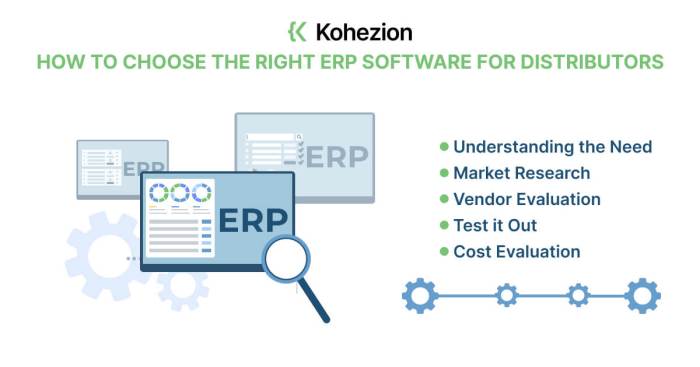
As we conclude our exploration of Distribution ERP software, it's clear that embracing this technology can revolutionize how distribution businesses operate. From inventory management to supply chain optimization, the benefits are vast and tangible. Implementing, customizing, and scaling Distribution ERP software can pave the way for long-term success in the industry.
Quick FAQs
How does Distribution ERP software help in inventory management?
Distribution ERP software helps in inventory management by providing real-time visibility into stock levels, tracking inventory movements, and automating reordering processes.
What are the key challenges organizations may face during the integration of Distribution ERP software?
Some challenges organizations may face include data migration issues, resistance from employees to adapt to new technology, and the need for extensive training.
Why is customization important in Distribution ERP software?
Customization is crucial as it allows businesses to tailor the software to meet their specific needs and processes, ensuring optimal efficiency and productivity.

